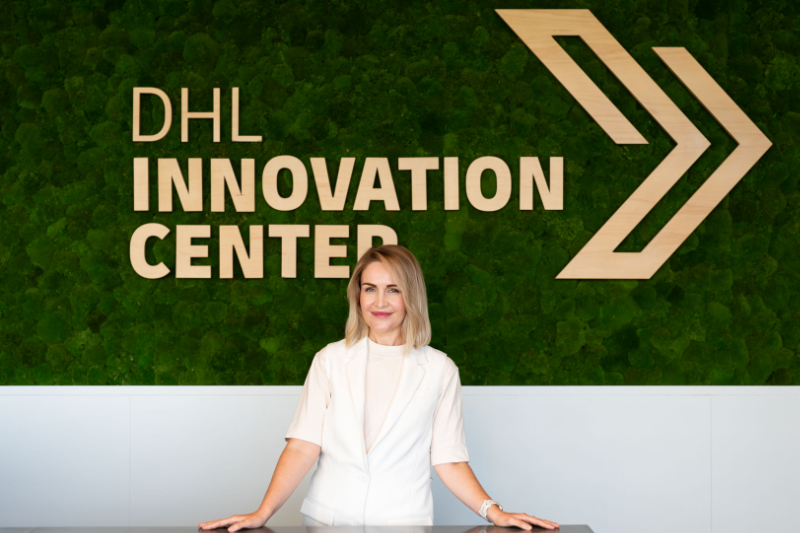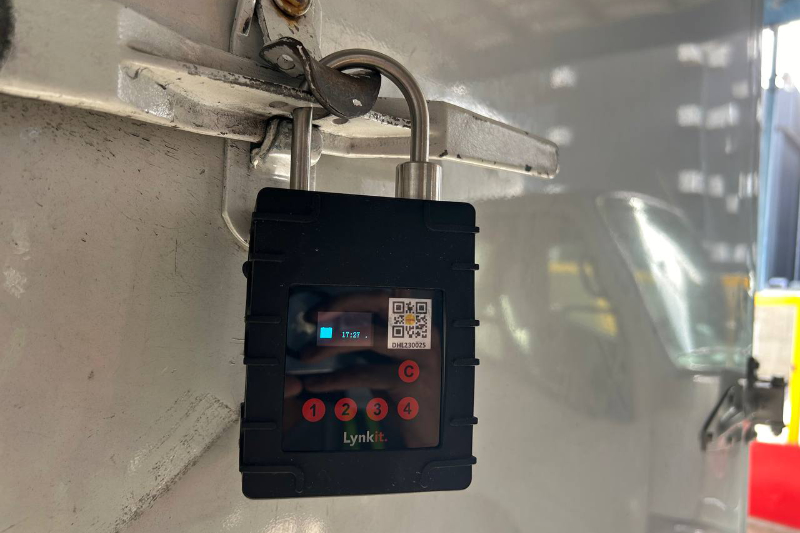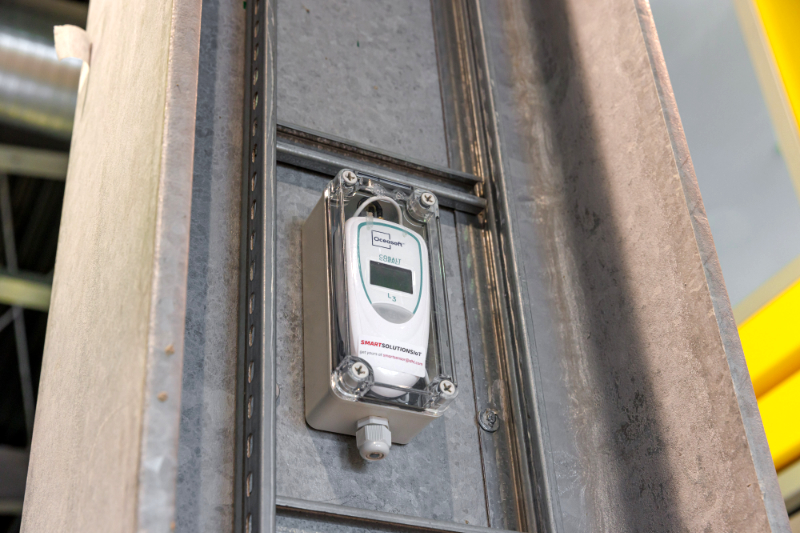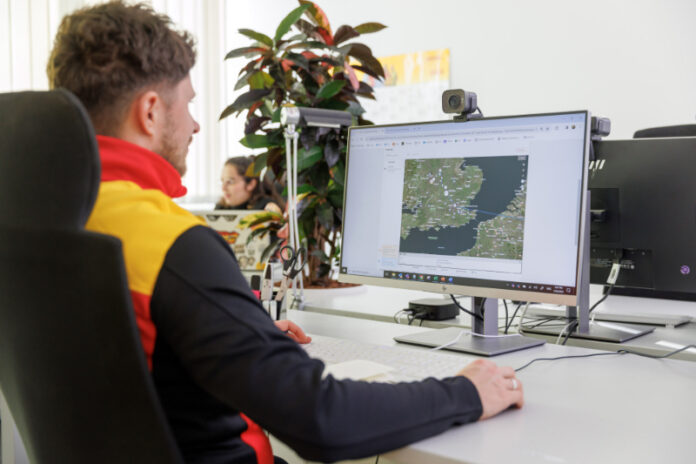Gone are the days when packages took forever to arrive at their intended recipient. With the vast amount of data that can be leveraged and the range of technologies available, poor service is simply inexcusable.
This is why industry giant DHL is capitalising on several new innovations to make its operations smarter, particularly at its MEA Innovation Centre in Dubai. Irina Albanese, Head of Innovation MEA at DHL Customer Solutions and Innovation, shared with Frontier Enterprise the major developments fuelling the company’s growth in the region.
Can you provide an overview of the technology stack that DHL uses for its Dubai Innovation Centre?
Our innovation centres represent DHL’s global initiatives and drive unique projects tailored to specific markets. These centres are dedicated to presenting cutting-edge solutions and services to our customers while continuously exploring and developing future technologies and innovations. Specifically, at the MEA Innovation Center, teams are focused on developing low-cost sensors to penetrate the price-sensitive market.

What’s a specific technological challenge you faced in your Dubai operations, and how did you address it?
One significant technological challenge we faced in our Dubai operations was optimising the logistics and supply chain processes to keep up with the rapid growth in e-commerce and the high demand for quick, reliable deliveries. Given that Dubai is a major global trade hub, we needed advanced solutions to effectively manage the complexities of customs regulations, diverse delivery requirements, and efficient route planning in such a bustling urban environment while keeping sustainability at the forefront of our operations.
How has AI improved DHL’s decision-making or operational efficiency?
DHL is currently piloting AI in several ways, including automating the labour-intensive task of mapping and linking data from various source systems and proactively suggesting initial insights. DHL is also utilising generative AI to cleanse and analyse data, which helps optimise warehouse layouts, manage staffing levels, and predict demand for inventory management. These initiatives enhance accuracy and efficiency.
Outside AI, what are some of the most exciting developments in your innovation centre?
One of the most exciting developments happening in the MEA Innovation Centre is the Internet of Things (IoT). DHL has a dedicated IoT team focused on exploring the latest advancements in IoT technology. Depending on use cases, the team suggests the appropriate types of devices for monitoring location, temperature, humidity, light, and shock. Recently, there has been increased interest in smart locks, which offer an additional layer of security to DHL’s solutions.
DHL’s proprietary IoT platform enables real-time monitoring of a shipment’s entire lifecycle, from its creation with an attached IoT device, through transportation, to its final destination. The data captured during this process allows DHL to identify trends for route optimisation and to monitor temperature fluctuations, among other metrics. Additionally, DHL is exploring low-cost sensor solutions that are more suitable for the price-sensitive market of the Middle East.

Last month, DHL partnered with the Dubai Future Foundation to hold the third edition of the Fast Forward Challenge competition. It seeks innovative solutions from start-ups and young companies to enhance the future of logistics and supply chains in the MEA region and beyond. The winner, Freterium, offers a transportation management system tailored for consumer goods, retail, and distribution. They will now have opportunities to further develop and promote their solution in the market through access to various networks.
What other key digital transformation initiatives are DHL working on? How are they improving your processes?
DHL is always looking to integrate new technologies to optimise operations both internally and for our customers. One trend we are focusing on is big data analytics, which helps achieve the visibility needed for more robust and resilient supply chains. Big data analytics doesn’t physically transform the supply chain, but it delivers greater visibility and a better foundation for sound decision-making toward strategic optimisations along supply chain segments. The result is substantially improved service levels, from more efficient pallet storage in warehouses to better customer case handling.
Another trend is computer vision, which allows systems to extract useful information from digital images, videos, and other visual inputs. This technology plays a key role in automating and digitising logistics, which will reshape the industry. Computer vision is set to improve efficiency, safety, and sustainability in logistics operations. Its adoption is growing quickly, not just in logistics but in many other industries as well. The increasing commercial use of computer vision highlights its significance and potential to transform various sectors.
Sustainability is a core pillar at DHL, with a goal to achieve net zero emissions by 2050. For 2030, we aim to:
- Reduce annual GHG emissions to under 29 million metric tons.
- Electrify 60% of our last-mile delivery vehicles.
- Increase the share of sustainable fuels to over 30%.
- Offer green alternatives for 100% of all core products and services.

Lastly, since this year, DHL Supply Chain has set its sights on harnessing the power of orchestration. We are using advanced data analytics and machine learning to create a central nervous system for our operations. This system will help us optimise resource allocation, automate workflows, and adapt to real-time demand fluctuations. This orchestration platform integrates with both existing and new technologies, creating a connected and responsive supply chain. It helps improve efficiency, enhance resilience, and optimise costs.
Orchestration covers the entire supply chain, including the warehouse, where we are pioneering advancements in multiple areas. DHL Supply Chain is working with key players in system integration to enhance its robotic and automation capabilities. This involves quick integration and continuous, harmonised data flow, laying the foundation for warehouse orchestration. Across all DHL regions, the first wave of deploying standardised integration and orchestration layers has reduced implementation time by up to 60%. This sets the stage for maximising the impact of warehouse orchestration across more of DHL’s 2,000+ operations worldwide.















